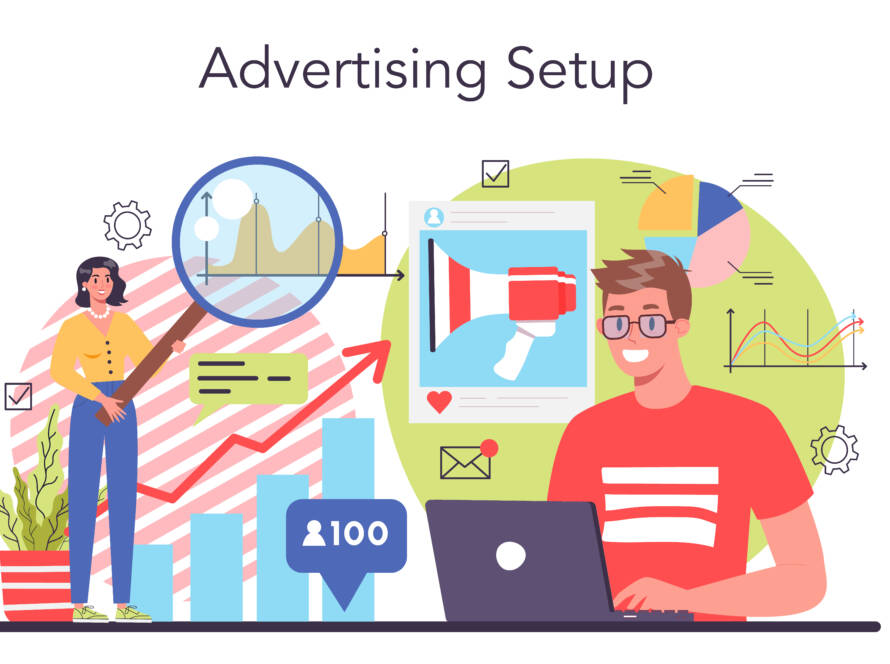Email marketing remains one of the most effective channels for building relationships with your audience and generating leads. Here are some best practices to follow:
Build a Quality Email List
Focus on building a permission-based email list comprised of subscribers who have willingly opted in to receive communications from you. Avoid purchasing email lists, as they often contain uninterested or spammy contacts and can damage your sender reputation. Use sign-up forms on your website, social media, and other channels to encourage visitors to subscribe. Offering incentives like exclusive content or discounts can help increase your sign-up rates.
Segment Your Audience
Divide your email list into segments based on demographics, interests, purchase history, or engagement level. This allows you to send targeted and personalized content to each segment, increasing relevance and engagement. For instance, you could create different segments for new subscribers, loyal customers, and inactive users, tailoring your messaging to each group’s specific needs and behaviors.
Personalize Your Emails
Address subscribers by their name and personalize email content based on their preferences and past interactions with your brand. Use dynamic content and merge tags to customize email elements such as subject lines, greetings, and product recommendations. Personalization makes your emails feel more relevant and can significantly boost engagement rates.
Create Compelling Subject Lines
Craft attention-grabbing subject lines that entice recipients to open your emails. Keep subject lines concise, clear, and relevant to the content of the email. Experiment with different tactics such as personalization, urgency, curiosity, or benefit-driven messaging to see what resonates best with your audience. A/B testing different subject lines can help you determine the most effective approach.
Provide Valuable Content
Offer valuable and relevant content that meets the needs and interests of your subscribers. This could include educational articles, how-to guides, product updates, exclusive offers, or industry insights. Focus on delivering content that solves problems, answers questions, or entertains your audience. Consistently providing value helps build trust and keeps subscribers engaged over the long term.
Optimize Email Design and Layout
Design mobile-responsive email templates that look great and function well across devices and email clients. Use clear and concise copy, eye-catching visuals, and a logical layout to guide recipients through the email content. Include a single, prominent call-to-action (CTA) to encourage desired actions. A clean, professional design enhances readability and increases the likelihood that your message will be read and acted upon.
Include Clear CTAs
Every email should include a clear and compelling call-to-action (CTA) that prompts recipients to take the next step, whether it’s visiting your website, making a purchase, downloading a resource, or signing up for an event. Use action-oriented language and visually distinct buttons to make CTAs stand out. Effective CTAs can significantly improve your email’s conversion rates.
Optimize Send Times
Experiment with different send times and days of the week to determine when your emails receive the highest open and click-through rates. Take into account factors such as time zones, industry norms, and the behavior patterns of your specific audience. Use email marketing analytics to identify optimal send times. Regularly testing and adjusting your send times can help maximize your emails’ reach and effectiveness.
Monitor and Measure Performance
Regularly monitor key email metrics such as open rates, click-through rates, conversion rates, and unsubscribe rates to gauge the effectiveness of your email campaigns. Use A/B testing to compare different email elements and strategies and identify opportunities for improvement. Analyzing performance data helps you understand what works and what doesn’t, allowing you to continuously refine your approach.
Maintain Compliance and Respect Privacy
Ensure compliance with email marketing regulations such as the CAN-SPAM Act and GDPR (if applicable). Provide clear opt-in and opt-out mechanisms, honor unsubscribe requests promptly, and respect subscribers’ privacy preferences. Building trust with your audience is essential for long-term relationship building. Transparency and respect for privacy can help you maintain a positive brand reputation and foster loyalty among your subscribers.
By following these email marketing best practices, you can effectively build relationships with your audience, nurture leads, and drive conversions over time. Remember to continuously evaluate and refine your email marketing strategy based on feedback and performance data to achieve optimal results.




